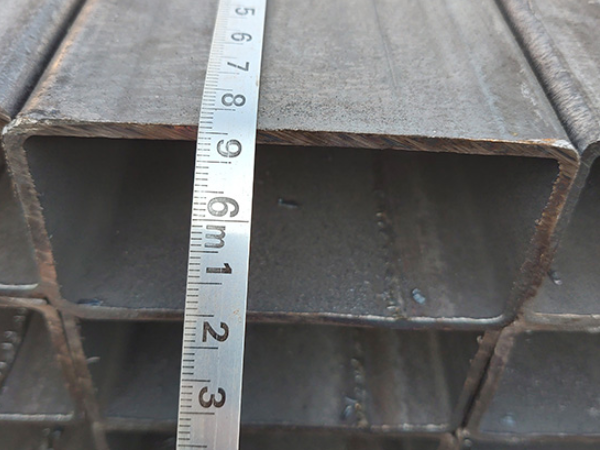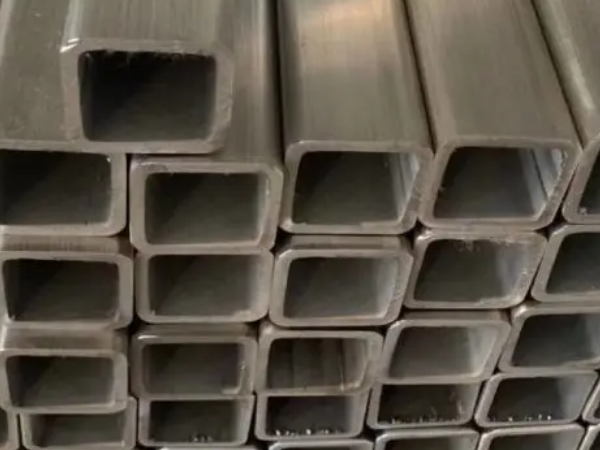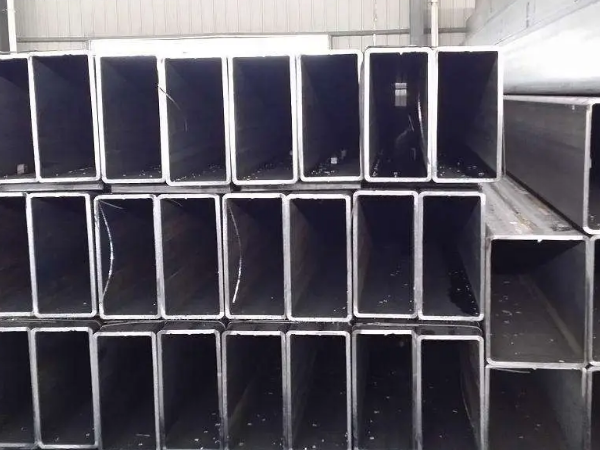Square and rectangular tube, a steel tube with a hollow section, that is, a steel tube with equal and unequal side lengths. It is made of strip steel that has been processed and rolled. Generally, the strip is unpacked, flattened, coiled, welded to form a round tube, and then rolled into a square tube from the round tube and then cut to the required length.
Rectangular/ Square hollow section manufacturing process:
Rectangular/ Square hollow section are formed from coils and then ran through a series of dies. They are are welded from the inside to form their shape.
Process of hollow section:
1. Cold formed square hollow section and cold formed rectangular hollow section
2. Hot finish square hollow section and hot finish rectangular hollow section

Material of hollow section:
1. ASTM A500 Grade B
2. ASTM A513 (1020-1026)
3. ASTM A36 (A36)
4. EN 10210: S235, S355, S235JRH,
5. S355J2H, S355NH EN 10219: S235, S355, S235JRH,
6. S275J0H, S275J2H, S355J0H, S355J2H
Types of hollow sections
Carbon hollow section:
A500Gr-B: ASTM Published Standard Specification for Cold-Formed Welded and Seamless Carbon Steel Structural Pipe in Round, Square, and Rectangular Shapes.
A513: Highly weldable, often used in bridge and building structural applications as well as in the automotive and appliance industries.

Advantages:
1. High strength
2. High mechanical stress resistance
3. High pressure and high temperature resistance
4. Good form
5. Reusable
Packing type: bundled (hexagonal); wooden cases; crates (steel/wood); special crates for structural hollow profiles, separated at each radius; packing of carbon steel seamless tubes according to customer requirements
Stainless hollow section:
304: Corrosion resistant, has good formability and can be easily welded by all methods. One of the most used grades in the entire industry.
304L: Ultra low carbon avoids harmful carbide precipitation due to welding. Corrosion resistance is the same as 304, but mechanical properties are lower.
316: Better pitting and corrosion resistance than 304, and higher high temperature strength. 316 can be used in valves, marine equipment, pumps and chemical equipment.
316L: Ultra low carbon avoids harmful carbide precipitation due to welding. Same excellent corrosion resistance as 316. It has the same high strength, toughness and machinability as 304 alloy.




